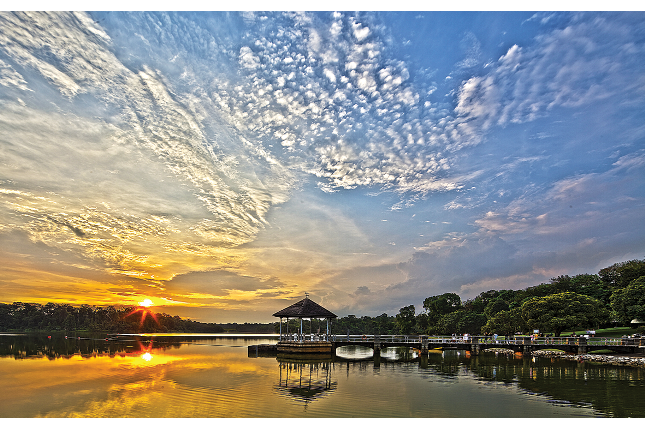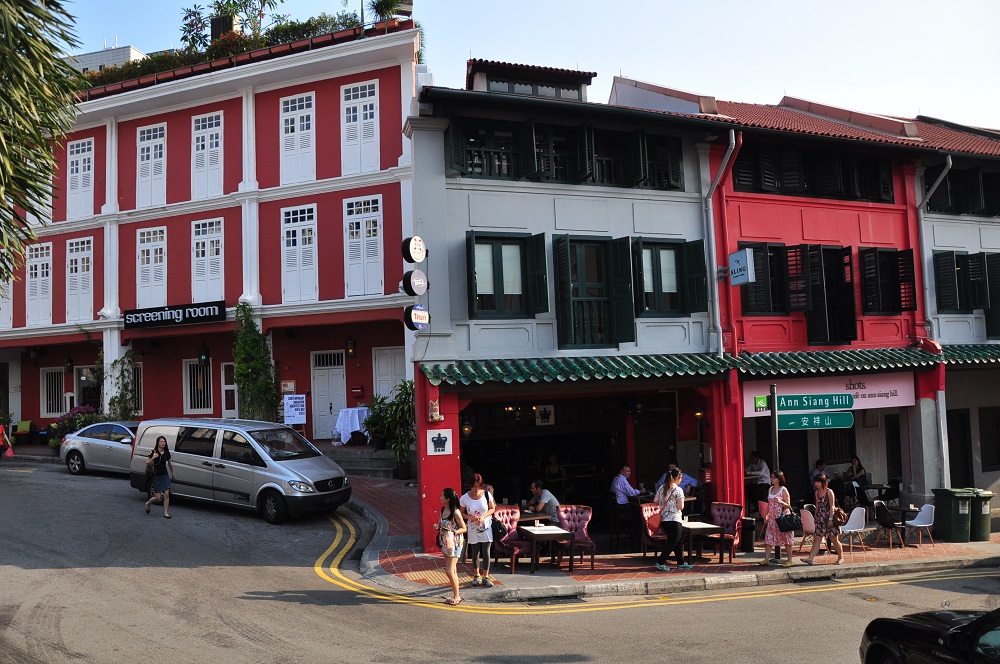Previously, the National Heritage Board’s (NHB) launched Roots.sg portal, packed with fascinating information and local heritage trails. The first 16 of which were developed since 1999, before the rest panned out and took shape. Some of us may like aimless walks but for trail seekers, here are our favourites, and then some. Time for another instagram shoot, recommended caption – “of exploration”.
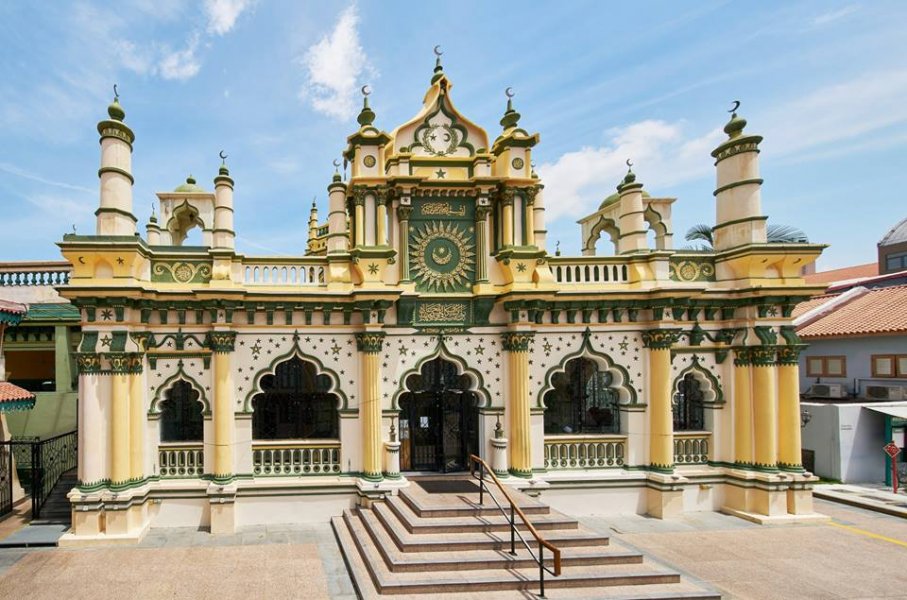
An obvious choice and it does not disappoint, Little India is a well-known cultural enclave. Unique in the fact that it houses a great number and diversity of religious spaces, there’s the magnificent Abdul Gafoor Mosque, Foochow Methodist Church, Shree Lakshminarayan Temple and the Thai Buddhist Monastery Sakya Muni Buddha Gaya Temple.
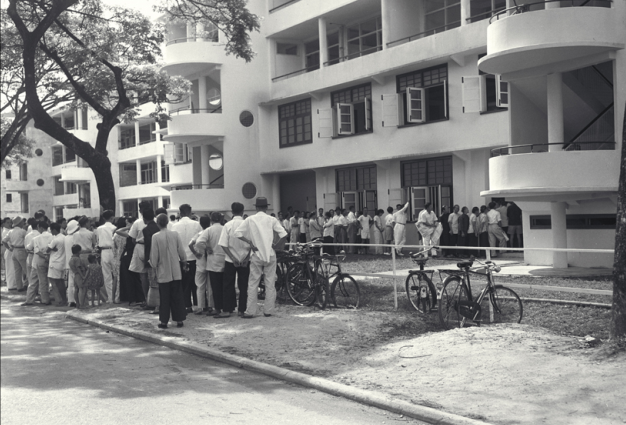
Although a target of gentrification, Tiong Bahru still holds a charm beneath its almost modern façade and indie cafes. An interesting titbit – this estate was colloquially referred to as “er nai chun” as it housed the mistresses of rich men. Check out this trail for its conserved SIT pre-war flats that homeowners are required to apply for a clearance permit should they want to renovate; the grave of Tan Tock Seng, the pioneering batch of SERS flats, Singapore’s oldest and most famous chwee kueh stall – Jian Bo Shui Kueh opened in 1950, and the famous Tiong Bahru food market, constructed in 1945, that had resulted in the removal of two shophouses.
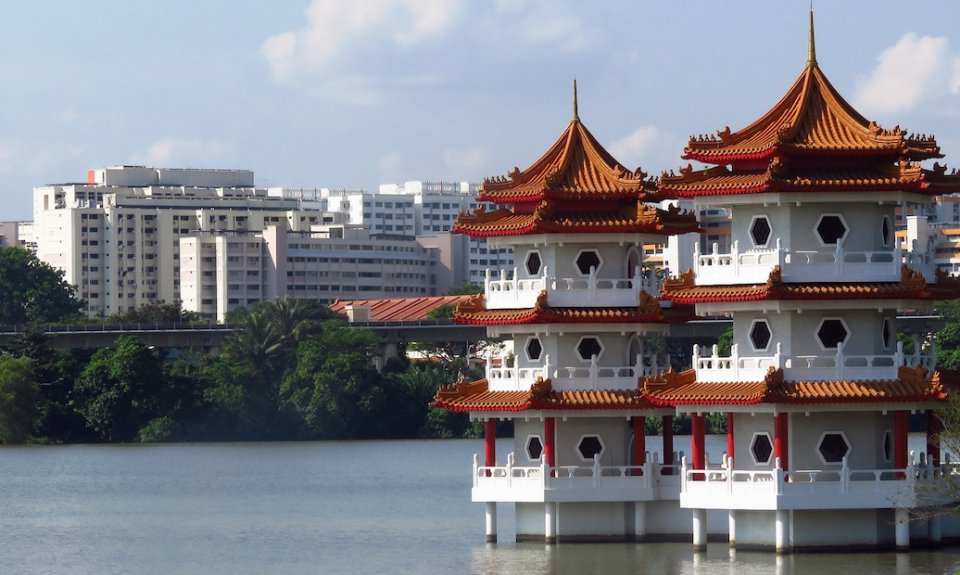
For when you want to wind down, Jurong Trail is the likes of a suburban retreat. Concerted efforts and budget have seen to the conversion of Jurong into a green belt and the maintenance of the Pandan reservoir and Chinese gardens with its twin Pagodas. Also drop by Jurong Fishery port and its 400 meter long wharf that opens at 4 AM; Singapore’s remaining dragon kiln has successfully negotiated a lease extension and will be in operation til 2023.
Toa Payoh isn’t just your typical heartland neighborhood, it was Singapore’s second satellite town, providing the blueprint for all residential areas that had followed suit. The Toa Payoh Trail takes you around nine landmarks from its storied past including the 1973 SEAP Games Village, Lian Shan Shuang Lin Monastery and the iconic dragon playground. To sweeten up your experience, drop by the famous albeit ironically named Hougang Six Miles Muachee at 480 Toa Payoh North, that offers two dressings – grounded peanut and black sesame.
Of course, you can’t visit Singapore’s second satellite town without visiting its first. Queenstown holds a history beyond its hosting of the contemporary IKEA store. Highlights of the Queenstown Heritage Trail include the Church of the Good Shepherd, the former Thye Hong Biscuit and Confectionery Factory and some of Singapore’s first HDB flats. For history buffs, underneath Gillman Barracks was the holding place for British troops during the second World War.
One worthy addition to the NHB’s collection of heritage trails is the Bedok trail. This transports you back in time, to the era before the development of the East Coast area; a time when Singapore’s wealthiest inhabitants resided in waterfront bungalows alongside fishing villages. With 10 markers spread along a 15km route, you’ll discover Bedok’s long history, from its kampung beginnings to its key role in the East Coast Reclamation Scheme.

Finally served with its own MRT station, Jalan Besar is neighborhood popular amongst hipsters and backpackers. The trail is a visual treat of low-rise traditional pre-war shophouses lighting up the neighbourhood with charm. In 2017, the Sungei Road’s Thieves Market was shut down to make way for commercial developments. Reportedly Singapore’s oldest and biggest flea market where peddlers congregate to sell stolen wares, the iconic market is sorely missed. Make a trip down to look at historic structures including Allenby House with multicolored panels; Hong San See Temple, Chinese-Baroque style multi-colored terrace houses on Petain Road and Singapore’s famous Sri Manmatha Karuneshvarar Temple.
Like Toa Payoh, Ang Mo Kio is another vast, underrated heartland neighborhood with plenty of stories to tell and avenues to navigate in. See its unusual circular block of flats and its town gardens on Trail One, then explore Lower Pierce Reservoir on
Trail Two. Check out Singapore’s last few remaining heritage playground in this neighbourhood, famous Dragon feature included.
With 33 landmarks spread out over 6.8km, the Yishun Sembawang Heritage Trail is one of Singapore’s most expansive historic walks. Start at Upper or Lower Seletar Reservoir, enjoy a soak at the Sembawang Hot Spring, dine at Beaulieu House and visit Singapore’s last kampung mosque, Masjid Petempatan Melayu.
Geylang has many claims to fame (and infamy), but this trail allows you to experience a very different side of the area. You’ll see 1920s terrace shophouses, and significant landmarks for Singapore’s Buddhist and Muslim communities such as Mosques, ethnic temples, a baptist church and even the Singapore Buddhist Federation, all highlighting Geylang as a cultural enclave. The former Geylang Fire Station, opened in 1929, is a pre-war infrastructure reminiscent of our colonial history, is worth a visit.
This brief trail takes you back to the world of Samsui women, also known as hong tou jin for their trademark red scarf. This group of pioneer immigrants are well-respected for their toil and involvement in the construction and industrial jobs, having constructed many a building by hand. Today, their contribution is well-celebrated.
Rediscover the story of George Drumgoole Coleman, an Irishman who arrived in Singapore in 1822 to serve as an architect, a surveyor and, eventually, the Superintendent of Public Works. Designing and constructing bridges, government buildings, private homes and places of worship, Coleman helped to shape the young settlement.
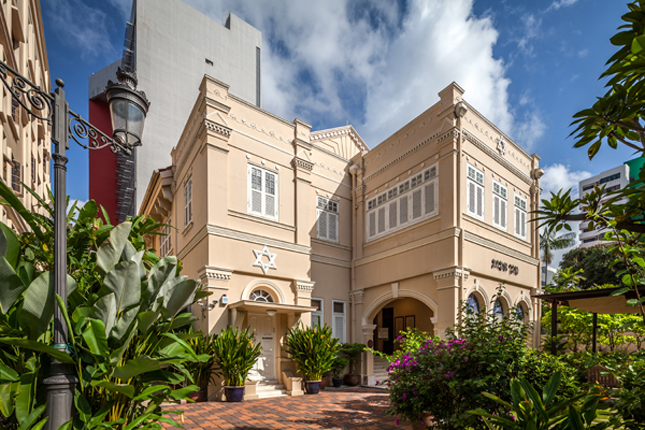
Jewish quarters in old European towns are venerable tourist spots, and in Singapore, we have our very own Jewish quarter that is every bit as historic as the Europe’s. In fact, the first Jewish community arrived at our shores in the 1800s. Visit the historic heart of Singapore’s Jewish community at Maghain Aboth Synagogue and Prinsep Street where many weathered buildings tell stories of a bygone era.
The Sepoy Lines Trail traces the history of Singapore’s Sikh community, bringing you past former barracks, the Bhai Maharaj Singh Ji Memorial and the Silat Road Sikh Temple.
Into dark tourism, anyone? With markers almost all across Singapore, the World War II Trail calls for a road trip. You’ll wish to cover the site of the Kranji Beach Battle, the Sook Ching Inspection Centre and the massacre sites of Changi, Punggol and Sentosa as you remember Singapore’s darkest chapter.




